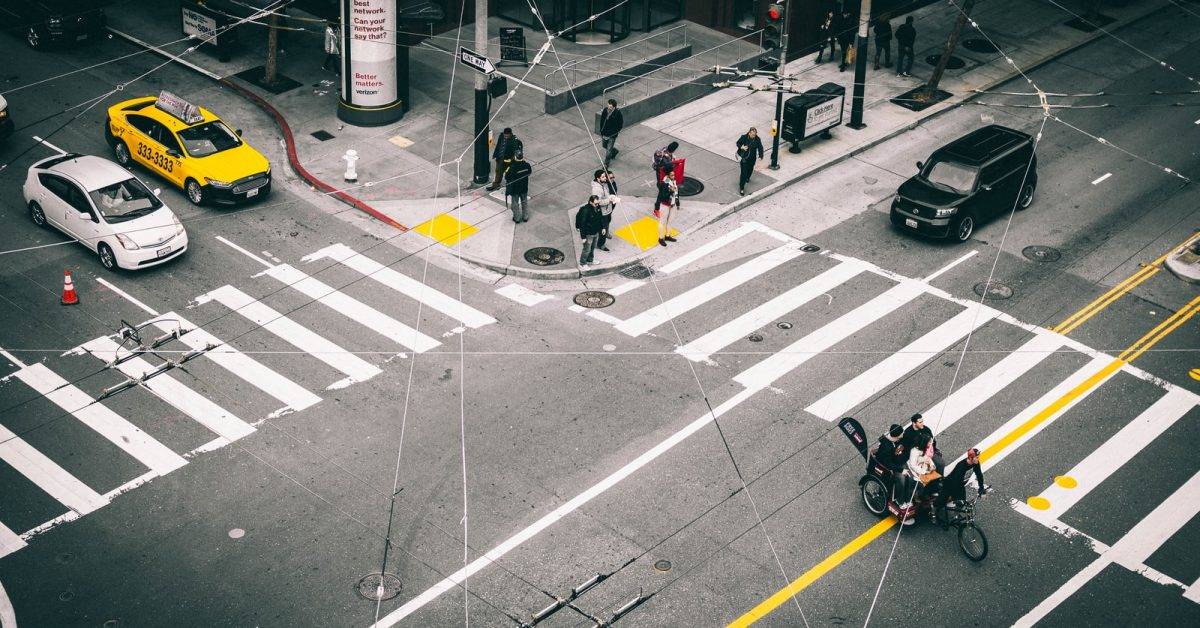Közlekedés

In Hungary we drive on the right opposite to England where people drive on the left. It would be difficult for you to be used to driving on the left, I think. You have to keep to (observe) the speed limit everywhere. In Hungary you can drive 50 kilometre/hours in a town, 90 on the main road and 130 on the motorway. But there are some sign-posts which control the speed e.g. near schools, zebra crossings, housing estates, heavy bends etc. In a junction you have to give way to the one coming from the main road. It is signed by a priority sign. There is an extended form of this one called “Stop! And give way”. At this time first you have to stop definitely. There is no sign-post in a co-ordinate junction and a certain “right-hand rule” pre-dominates here. General rule is that you have to be careful for the older people, kids, bikers, dogs etc. You mustn’t turn around or reserve in a bridge or in a level crossing. Certainly if you can see an accident you are liable to help others and you have to call the ambulance and police.
Places for traffic in towns, outside towns
In town: carriage-way, one-way street, junction, cul-de-sac, lay-by, avenue, roundabout, pedestrians precinct, level crossing, flyover, bridge
Outside town: motorway, main road, ring road, roundabout, slip road, central reserve
Some traffic signs
To give orders: give away, no overtaking, maximum speed limit, no stopping, no parking, end of restriction, no entry
To warn of danger: slippery road, road narrows, railway crossing, caution, dangerous bend to right
To give information: motorway, parking, filling station, dead end, hospital, zebra crossing, bus stop
Other information
Breathalyser, horn, to collide, to fasten the seatbelts, bottleneck, driving on the left (in England), to overtake
Points – váltó (vasútnál)
Barrier; gate – sorompó
Készítette: Somogyi Péter – [email protected]
Lapozz a további részletekért


